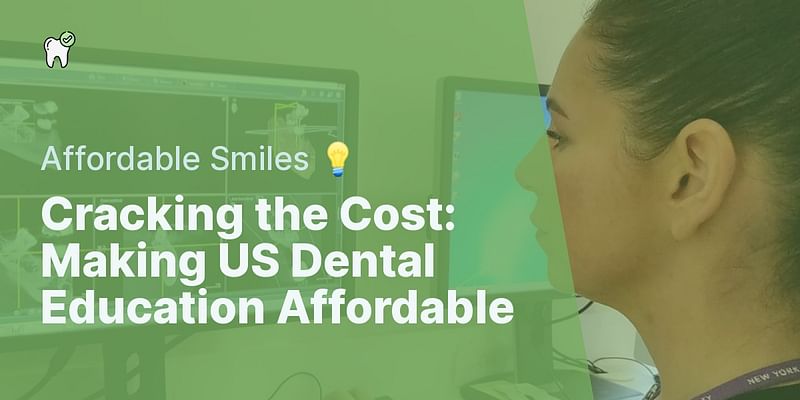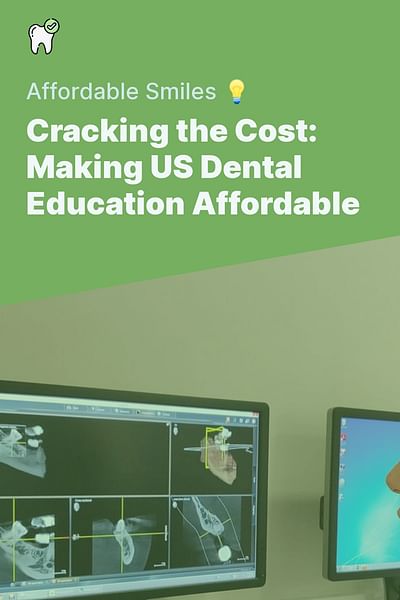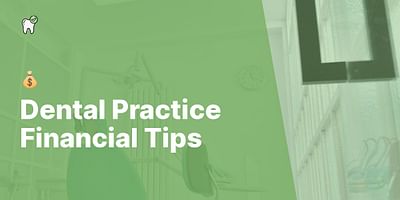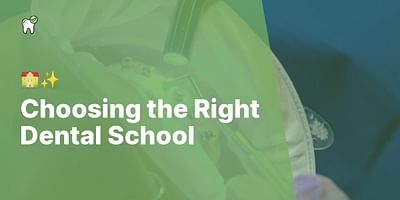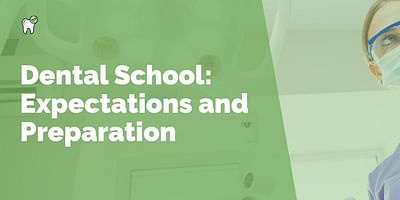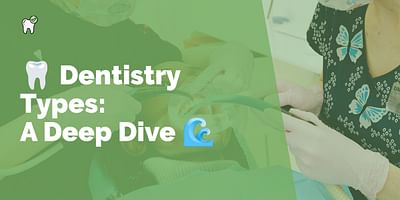Dr. Michael Chen is a dental researcher with a PhD in Oral Biology. He has published numerous papers on the microbiology of dental caries and is a sought-after speaker at dental conferences. In his free time, he enjoys playing tennis and reading science fiction.
Dental education in the USA is indeed quite expensive, and there are several reasons for this. Firstly, dental schools require state-of-the-art facilities, equipment, and materials to provide students with the best possible education. These costs are passed on to the students in the form of tuition fees. Additionally, dental education involves a significant amount of clinical training, which requires faculty members and support staff to supervise and guide students. The salaries and benefits of these faculty members and staff contribute to the overall cost of dental education.
Another factor that contributes to the high cost of dental education is the length of the program. Dental school typically takes four years to complete, which means students have to pay tuition fees for a longer duration compared to other professional programs. Furthermore, dental schools often have limited class sizes to ensure personalized instruction and adequate clinical training. This means that there is a high demand for limited spots, which can drive up the cost of education.
To make dental education more affordable, there are several strategies that can be considered. One approach is to explore financial aid options. Many dental schools offer scholarships, grants, and loans to help students offset the cost of tuition. It is important for prospective students to research and apply for these opportunities early on to increase their chances of receiving financial assistance.
Another option to reduce the cost of dental education is to consider attending a public dental school. Public dental schools are often subsidized by the state, which can result in lower tuition fees for in-state residents. Additionally, some states have programs that offer loan repayment or forgiveness for dentists who practice in underserved areas. These programs can help alleviate the financial burden of dental education.
Furthermore, students can explore alternative pathways to dental education that may be more affordable. For example, some community colleges offer dental hygiene programs, which can serve as a stepping stone towards a career in dentistry. After completing a dental hygiene program, students can gain work experience and save money before pursuing a dental degree.
In conclusion, dental education in the USA is expensive due to the high costs associated with facilities, equipment, faculty, and clinical training. However, there are ways to make it more affordable. Students can explore financial aid options, consider attending public dental schools, and explore alternative pathways to dental education. By being proactive and researching these opportunities, prospective dental students can reduce the financial burden of their education and pursue their passion for dentistry without breaking the bank.

